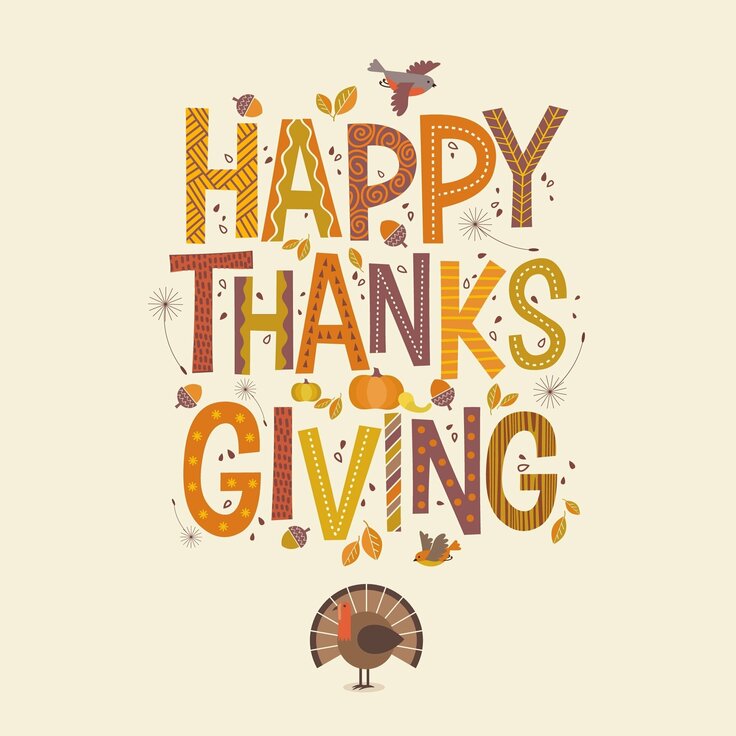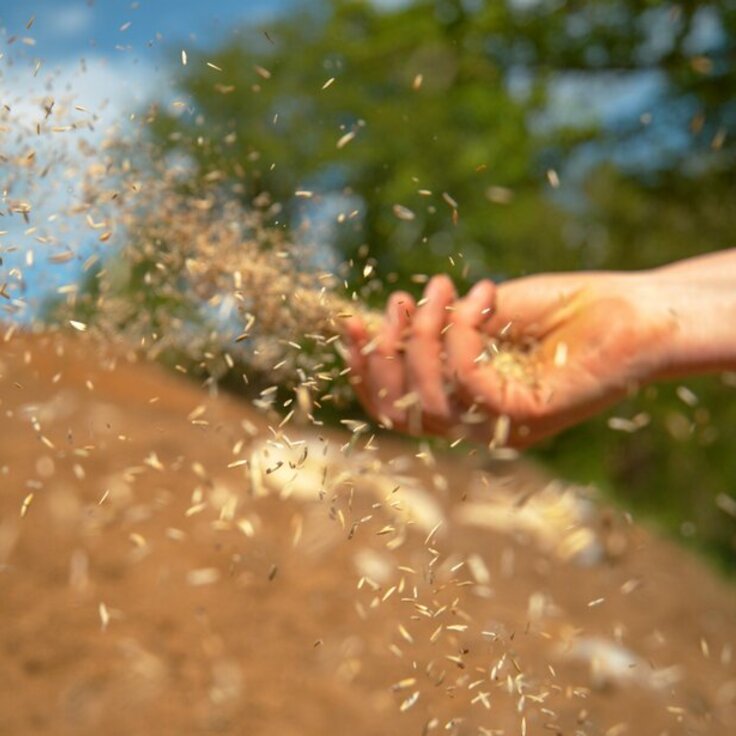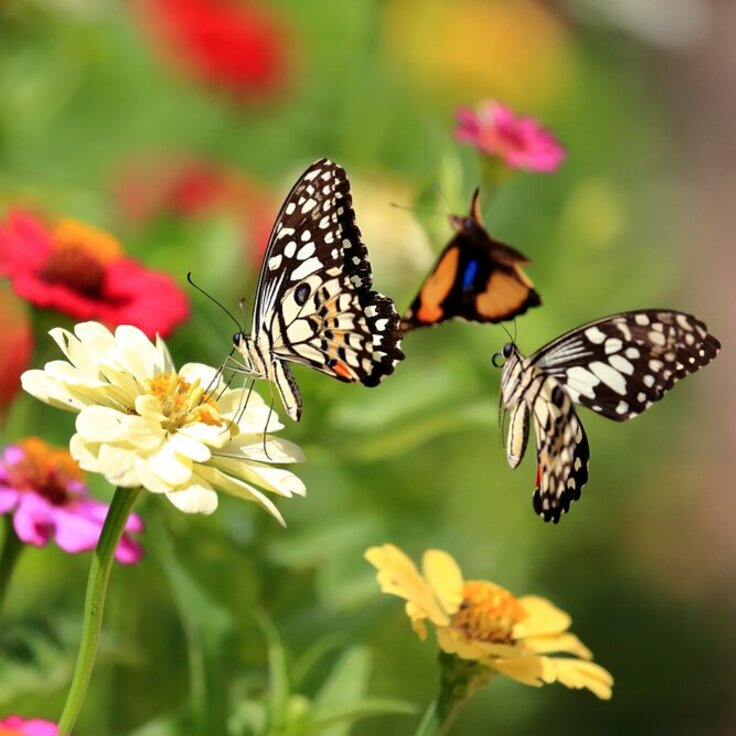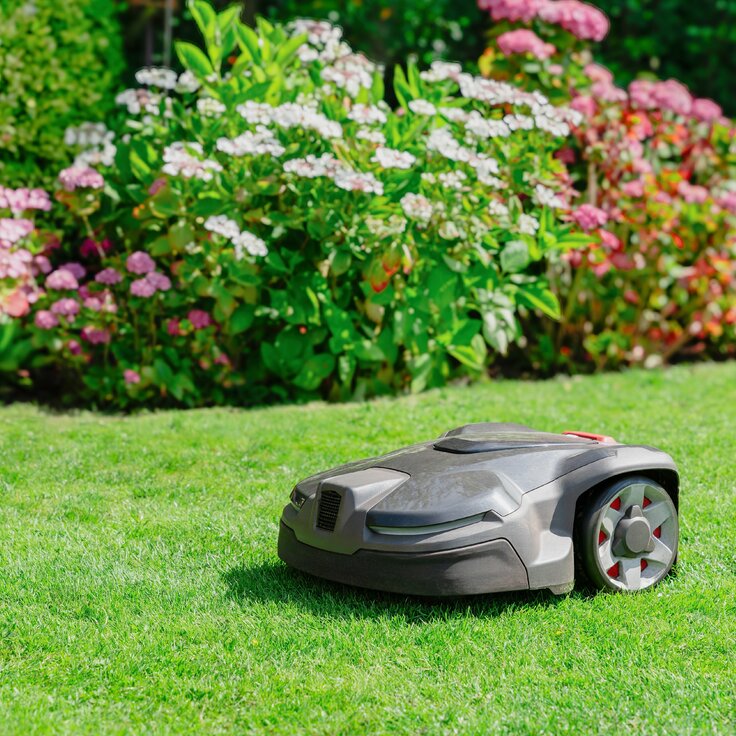Hot Hints for Growing Chili Peppers at Home
Chilies make a beautiful and satisfying crop. The colors are stunning: reds, purples, yellows and oranges, and there is a chili to suit every taste, from the delicate and fruity to the heart-stoppingly fiery. You can grow them all yourself as long as you can find a sunny corner for them. They are great plants for growing in pots on a warm patio, and will be even happier in a conservatory or cool greenhouse.
Hot History
Chilies originated in the south and central Americas but traveled to warm parts of Europe and Asia from around the 16th century onwards. They have become a huge part of many Asian cuisines and varieties have developed independently wherever they are grown. Chilies contain natural chemicals called capsaicinoids, which when eaten, cause a burning sensation. Increased heart rate, perspiration, and a rush of endorphins follows. The heat of a chili pepper is measured on the Scoville Scale, a method of measurement created by American pharmacist Wilbur Scoville in 1912. The test is not entirely accurate, depending as it does on whether the heat in dilutions of the particular chili can be detected by a panel of tasters (the higher the figure, the higher the dilution at which it was sensed), but it gives a rough idea of the pepper’s relative fieriness.
Growing Chilies
Chilies are not the easiest plants to grow, but if you can master their cultivation you will have grown a crop that is packed full of flavor and that will improve a wide array of meals. The problem for many growers is that chilies originate from such warm places, where the season is long and hot and the plants have more time to grow, flower, fruit, and ripen.
Those of us who can’t expect these kinds of conditions have to use a few tricks to fool them into flourishing. These tricks are designed to lengthen the season, even where the season is naturally short and cool. Start sowing early in the year. It feels like an odd time to be sowing the seed of such heat lovers, but they really do need to be sown in February or March if you hope to see many fruits. The need for heat starts early; your seeds will struggle to germinate if they are in a cool or temperature-fluctuating environment. A heated propagator creates the perfect environment. These small closed cases are cheap to buy and to run. They are plugged into an electrical outlet and emit a gentle but constant heat that seeds find irresistible. If you don’t have a heated propagator, then a sunny windowsill may be your next best bet, though the fluctuation between night and day temperatures is not ideal, particularly on cold nights. You may get better results if you move your pots of seeds to a warmer spot at night.
Ream more from fix.com








